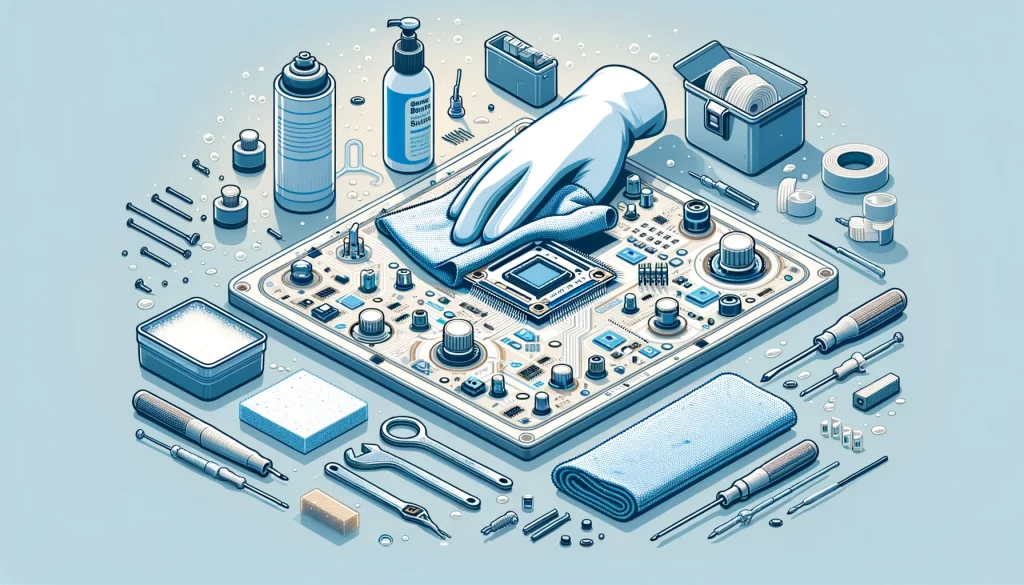Introduction
In the world of product design, particularly for electronic interfaces, membrane switches play a crucial role. Their flexibility in design and functionality makes them ideal for a wide range of applications. This blog delves into the essentials of designing effective membrane switch layouts for user interfaces, catering to diverse industries.
Understanding User Interface Requirements
- User Ergonomics: Consider how the user will interact with the switch. The layout should be intuitive, with buttons placed logically and comfortably for the user.
- Visual Appeal: Aesthetic design matters. The color scheme, button shapes, and overall layout contribute to the user experience and should align with the product’s branding.
- Feedback and Responsiveness: Users should receive clear tactile or visual feedback when they engage with the switch. This enhances the overall usability of the product.
Design Principles for Membrane Switch Layouts
- Simplicity and Clarity: Avoid clutter. A simple, clear layout is more user-friendly.
- Consistency: Maintain a consistent design language across all interface elements.
- Accessibility: Consider users with different abilities. Incorporate features like Braille or contrasting colors for better accessibility.
Customization for Different Industries
- Medical Equipment: Focus on ease of sterilization and clear labeling for emergency functions.
- Industrial Machinery: Robust designs with large buttons and high durability are key.
- Consumer Electronics: Sleek, modern designs with subtle color schemes and soft-touch buttons work well.
The Role of Technology in Design
Advancements in technology allow for more innovative designs in membrane switches. Features like LED backlighting, multi-touch capability, and integration with touchscreens are becoming more common.
Testing and Iteration
Prototype testing is critical. Gather user feedback on the layout and functionality, and be ready to iterate the design for optimal performance.
Conclusion
Designing effective membrane switch layouts for user interfaces demands a balance between functionality, aesthetic appeal, and user ergonomics. Customization for specific industry needs is crucial. As technology evolves, so do the possibilities for innovative membrane switch designs. For companies like ElastoKey, understanding these design principles is key to creating products that meet the needs of a diverse clientele.




